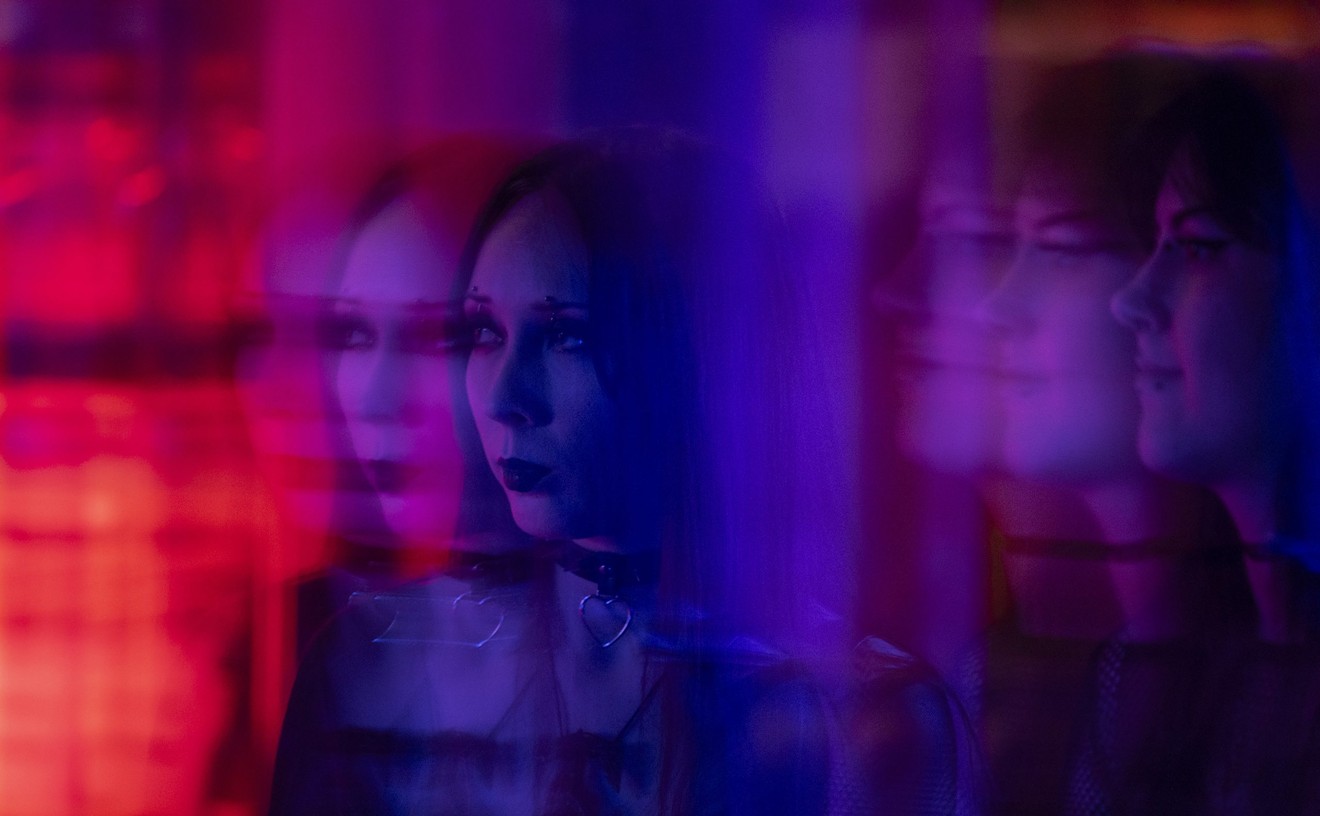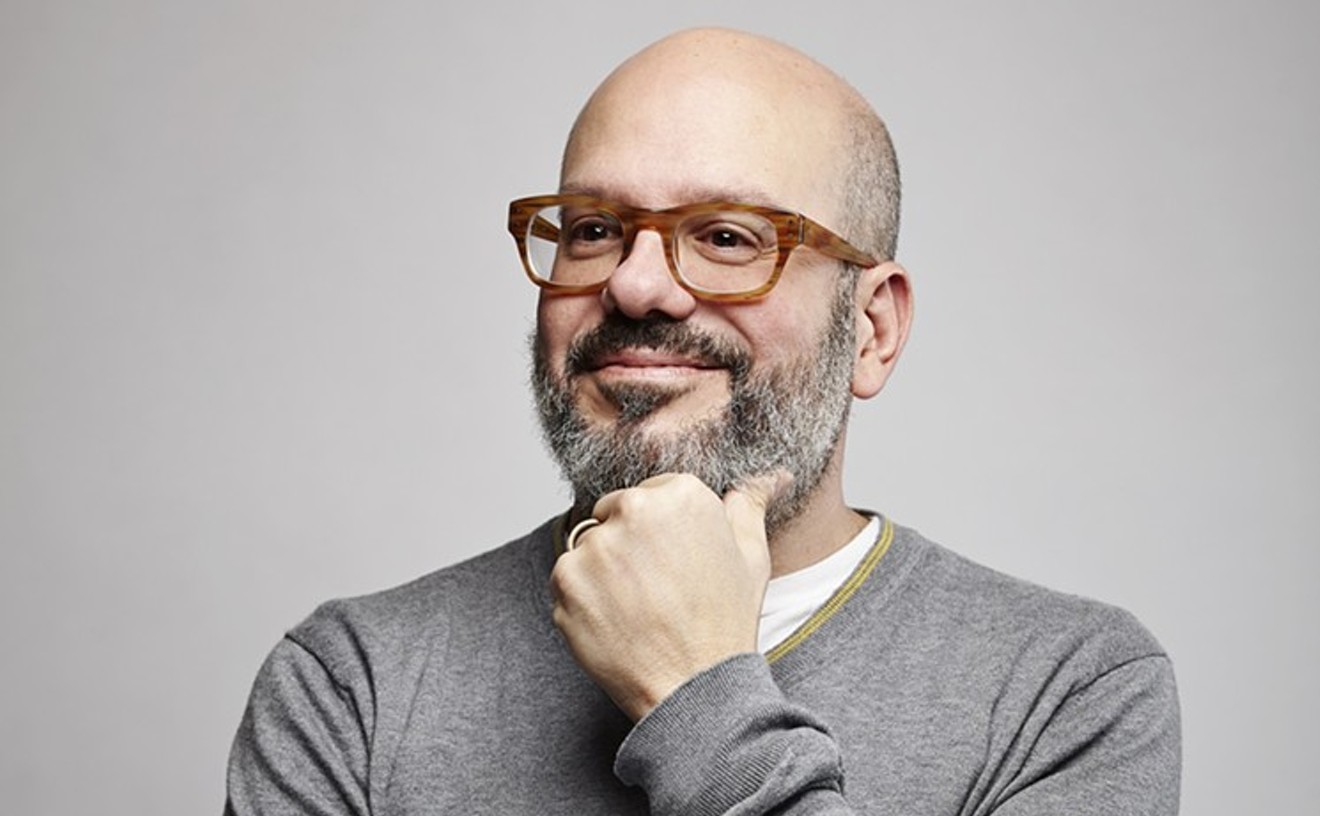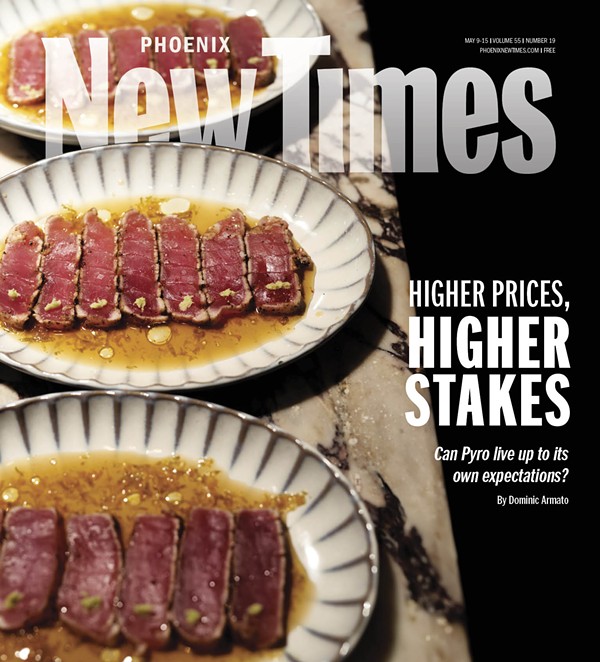Comic relief in Charlie Chan movies was in the form of performances by such character actors as Keye Luke or Sen Yung (again) as one of the inscrutable detective's many bumbling sons. The hero of the series was, of course, played by a succession of white actors in really bad makeup. And who could forget Mickey Rooney's sensitive and nuanced portrayal of the screaming upstairs neighbor, Mr. Yunioshi, in Breakfast at Tiffany's? That embarrassment makes Jerry Lewis in his Coke-bottle glasses and buck teeth look like a master of subtlety.
In his one-man show, Mifune and Me, writer/actor/director/producer Lane Nishikawa takes an entertaining look at these and other media images through the years, with a bow to the late famed actor Toshiro Mifune. He examines the Asian place in American popular culture using film clips and humor. This performance continues the work he began back in 1981 with the critically acclaimed Life in the Fast Lane and the more recent I'm on a Mission From Buddha. Among his other writings are the World War II-era plays Gila River, which also will be performed this week, and The Gate of Heaven.
The latter takes a look at one of the more ironic corners of World War II history. In April 1945, U.S. forces liberated the Dachau concentration camp. The first soldiers to arrive were the men of the 442nd Regimental Combat Team, a regiment comprised exclusively of Japanese Americans. Many of these soldiers' families were back in America imprisoned in internment camps "for the duration." Meanwhile, the members of the 442nd had to work overtime to prove their loyalty. They fought so fiercely that they became the most highly decorated regiment in U.S. military history.
Gila River (originally commissioned in 1996 by Scottsdale Center for the Arts) casts a glance at the cultural exchange between the Pima-Maricopa Indians, who lived on the reservation that became the site of one of the relocation centers, and their Japanese-American "guests." This Arizona-based production will be performed less than 20 miles from the actual location of the Buttes relocation camp represented in the play.
Lane Nishikawa will perform Mifune and Me at 8 p.m. Thursday, May 4, at Scottsdale Center for the Arts, 7380 East Second Street. Call 480-994-2787 (SCA) or 480-784-4444 (Ticketmaster) for ticket information. Gila River will be performed at the Gila River Arts and Crafts Center (I-10 east to Exit 175) at 7 p.m. Saturday, May 6, and 7 p.m. Sunday, May 7. Call 480-965-3434 for ticket information.










